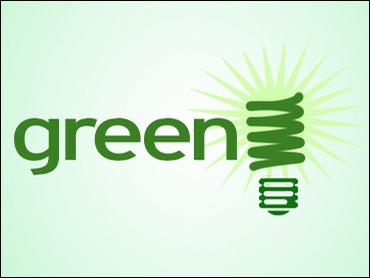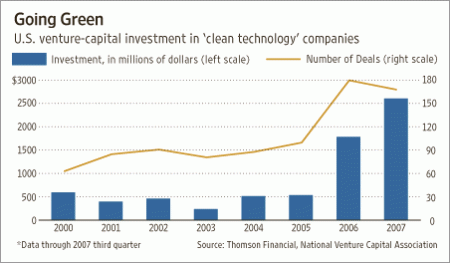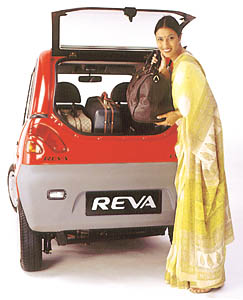On my way back home I read the “The Green Issue” from American Way and found great facts about our environments and about “us” consumers. It has become such a hot topic over the years, receiving great attentions from scientist, environmental organizations, press, etc.
Take a look at the facts and reflect a little on what we can do to make a difference. It can be as easy as replacing a normal toilet paper for a recycled one.

FACTS:
Worldwide consumption of bottle water reached 154 billion liter (41 billion gallons) in 2004, and increase of 57 percent in five years.
The average washing machine uses 40.9 gallons of water per load; high-efficiency washing machines use less than 27 gallons of water per load.
Organic farming is typically 30 percent more organic than traditional farming.
Storm windows reduce hear kiss though the windows by 25 to 50 percent.
The average car emits twice its weight in CO2 each year.
Half of the forest that originally covered 48 percent of the earth’s lands surface are gone.
Disposable diapers take 200 to 500 years to decompose.
At the current rate of warming, all the glaciers in glacier national park will be gone b7 2070.
It takes 90 years to grow a box of tissues.
Last year, China overtook the U.S. as the biggest CO2 emitter.
The number of hurricanes worldwide classified as either Category 4 or 5 has almost doubled in the past 35 years.
In the United States, it takes about a third of a pound of synthetic fertilizers and pesticides to grow enough cotton for one T-shirt.
Every year, the catalog industry sends out more than 20 billion catalogs – that’s 67 catalogs for every person in America.
Globally, sea levels could possibly rice more than 20 feet with the loss of Greenland and Antarctica shelf ice.
When cars cruise at 65 miles per hour rather than at 55 miles per hour, the carbon monoxide emissions more than double per mile driven.
A typical U.S. household generates 45,00 pounds of greenhouse gas emissions per year.
Wind-power installation has increased by 500 percent in the United States since 1999.
In order to prevent the Taj Mahal from being polluted, visitors must park nearly two miles away and take battery-run buses or horse-drawn carriages to the monument.
Twenty years ago; only one curbside recycling program existed in the United States. By 2005, almost 9,000 curbside programs had sprung up across the nation.
The Untied State uses nearly $1 million worth of energy every minute.
One modern wind turbine produces enough energy to meet the annual electricity needs of 500 homes.
The National Recycling Coalition reports that recycling supports 1.1 million jobs in the United States.
Low energy computers saves their owners as much as $300 per year in electricity costs.
In North America alone, more than 350 million cartridges per year are discarded in landfills, and that number increases by 12 percent annually.
If every household in the United States were to replace just one package of new fiber napkins with 100-percent recycled, it would save one million trees.
If every household replaced one roll of toilet paper with a roll of recycled post consumer waste, 424,000 trees would be saved.
Microwaves are between 3.5 and 4.8 times more energy efficient than tradition electric ovens. If everyone in North America cooked exclusively with a microwave for a year. We’d save as much energy as the entire continent of Africa consumes during that same amount of time.
Carpooling with someone just two days a week will reduce your CO2 emissions by about 1,590 pounds a year.
Americans throw away 25 billion foam cups each year.
Driving 10 fewer miles every week would eliminate about 500 pounds of CO2 emission per year.
In the United States each year, more than 100 billion pounds of food is wasted by consumers, retailers, and restaurants.
If everyone in the world were to consume like the average U.S. citizen, we would need at least four more Earths.
Every 20 minutes, the world adds another 3,500 human lives but losses one or more species of animal or plant life.
More than one billion people lack access to a safe supply of drinking water.
Proper inflation of your cars tires can improve gas mileage by more than 3 percent.
Eight trees will cancel out four years’ worth of garbage.
Consumers and industries in the United States throw away enough aluminum to rebuild the entire U.S. commercial air fleet every three months.
67% percent of all major appliances are recycled.







